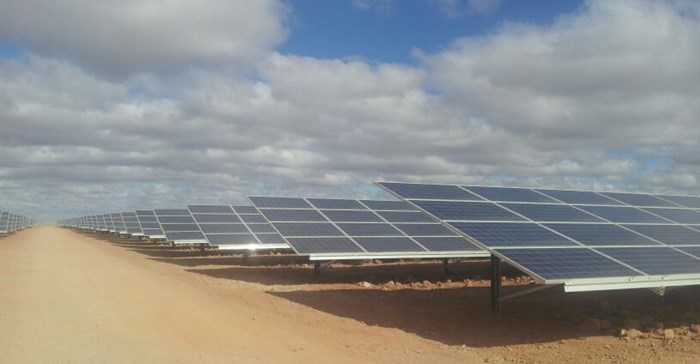
Top stories






More news











“The mining and materials industry is not in the business of energy production and therefore won’t take on the risks involved in developing a solution. But the emergence of independent power producers (IPPs) and the possibility of power wheeling – possibly in conjunction with storage – may offer solutions to the need for a reliable supply of energy,” says Greg Austin, MD of juwi Renewable Energies.

“For example, a solar PV plant operating in Prieska or a wind farm outside of Cape Town could supply a mine in Rustenberg by wheeling the electricity through the Eskom transmission grid, and through the Rustenberg distribution grid before it reaches the mining customer.”
The two main challenges with wheeling power are balancing generation and consumption, as well as determining the cost of wheeling and appropriate charges – as these form the basis of most of the commercial elements related to process.
“The lack of clarity on charging, regulations, open access and cross-subsidy are some of the things on the table for discussion. To make this model operational, electricity regulations need to be designed to remove specific barriers to participation of developers and intermediaries who play an important role in the propagation of such systems.“
Austin mentions that Nersa has drawn up guidelines and regulations covering the technical and charging aspects involved, and that the costing model is highly complex.
Given the experiences with the ever-lowering levelised cost of electricity from wind and solar under the government’s renewable energy IPP project, and with estimates of additional wheeling charges being in the order of five to 10 cents on top of the generation cost, it is not inconceivable that wheeled renewable electricity could reduce the load on Eskom’s thermal generation fleet while reducing the consumer mine’s operating costs, on a predictable basis, into the future.
Austin adds that storage in general offers advantages to the mining industry, but in the context of a grid-connected mine, the primary advantage is that of being able to shift loads, as an example, where cheap night-time electricity from the grid can be stored and provide peak power when required.
The company developed, designed and constructed a 10,6MW solar hybrid system to fully integrate with the existing 19MW diesel-fired power station at the DeGrussa copper and gold mine in Australia, which made it possible to configure the PV plant to provide the full load during the day, with the generator sets running at night and when low solar radiation levels exist.
Oversizing the PV system to increase the mine load, provides energy to the storage system, which handles short variations in the PV output and short variations in the load.